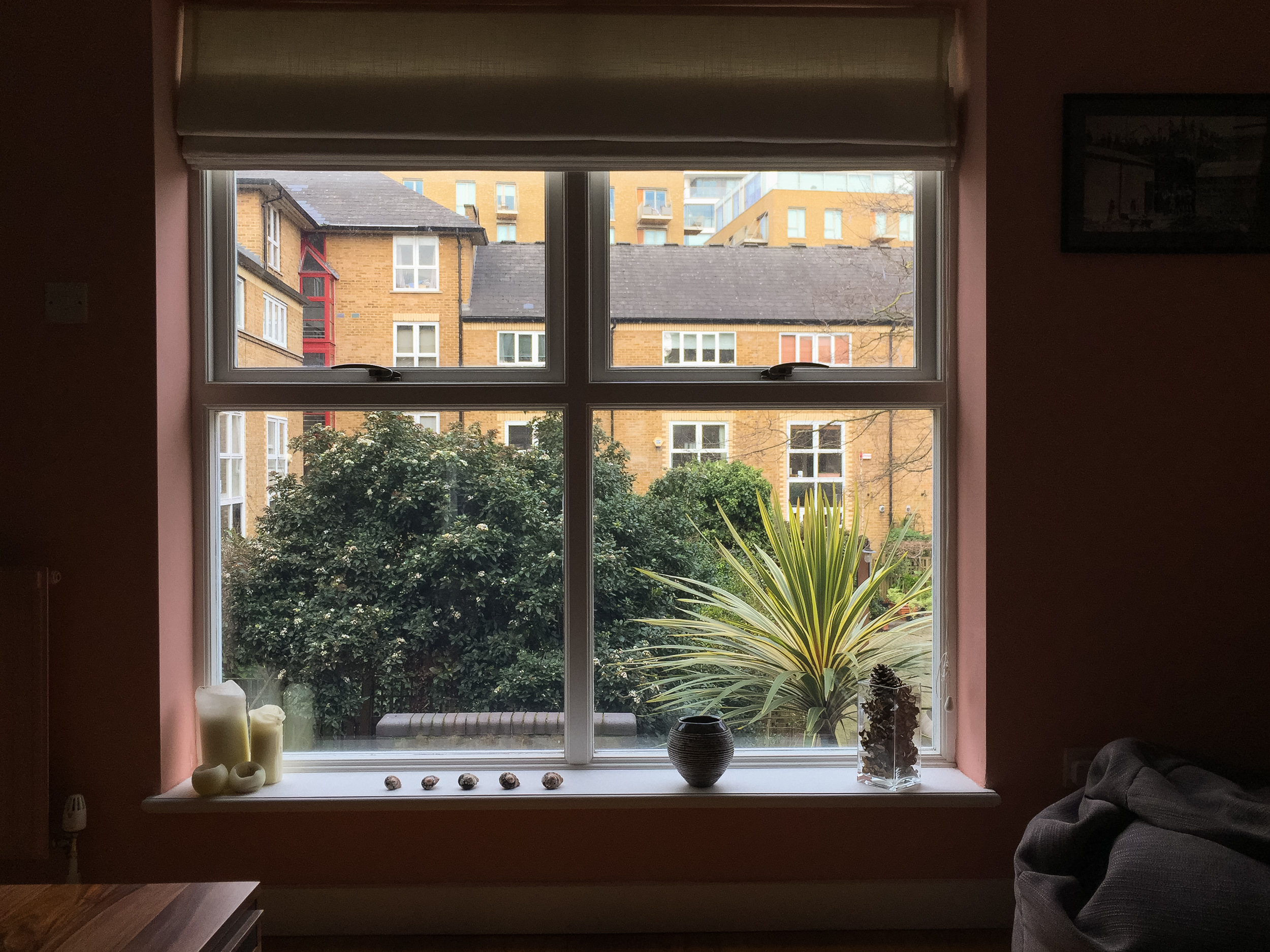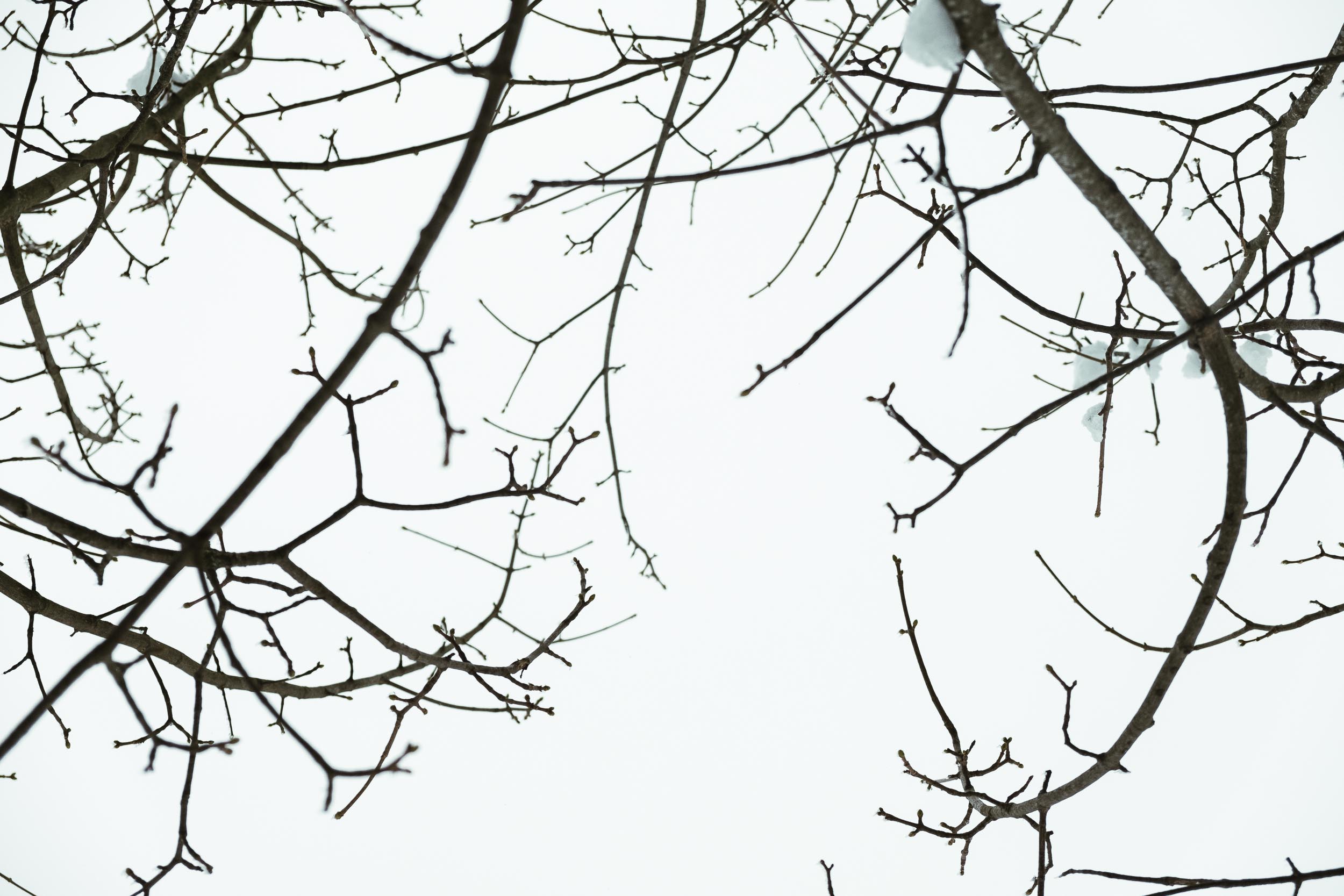Learn from the masters
The latest exhibition at the Musée Elysée photography gallery focuses on la beauté des lignes (the beauty of lines). Drawing on over 1500 prints from New-York based collectors Sandra Gilman and Celso Gonzalez-Falla, the viewer is led through a paradise of pure photographic composition.
We explore lines in photographs by working our way through various kinds of line used in photography composition. A journey that takes the viewer from some of the earliest photographs, through the Modernist masters, Surrealism, Postmodernism and into contemporary photography from practitioners still working and pushing the boundaries today.
Straight lines
Straight lines help us see patterns and links in the world. They indicate the boundaries and limits of our vision. They link and box things in, showing the edges. They frame both the print, the edge of the photograph and then on and on into the image. Iconic works from Margaret Bourke-White The George Washington Bridge, 1933 and contemporary photographer Stéphane Couturier, Barendrecht no. 1, 2004 both show a world that is reduced to the lines that make up our architecture. In Couturier’s image we see the square windows that frame our view of the world, repeated endlessly in the urban landscape. It is a reminder of how we represent the world visually, and perhaps also how easy it can be to stay within our own ‘box’. Take an extra moment to properly look at David Hilliard’s Eric Discerning, 2010 and enjoy how the boxes play with our perception.
…and straight lines
There are images in the exhibition which perhaps don’t seem to fit. Particularly in the second room, ‘…and straight lines’, there seem to be two things at work. On the one hand the far wall with its repetition of thick and thin lines of trees; on the other, the haphazard lines within Nan Goldin’s intimate portraits. For me this is what keeps the exhibition interesting. It sets up an internal argument. Do I agree with this choice? Perhaps there is more to this photograph than its lines? And more than often there is more to it. A good number of the images are from old masters of photography: Lee Friedlander, Ansel Adams, André Kertész, Walker Evans, Josef Koudelka Larry Clark. The choice and arrangement keep you thinking which makes this an absorbing exhibition rather than something to wander aimlessly around admiring. I enjoyed the fact that I was left to find my own connections. It left plenty of space for my imagination and I didn’t feel as if I was being told what to think.

Repetition of lines and boxes, seeing patterns in the world.
data-animation-override>
“It is a vast playground that makes it possible to explore the expressive power of the photographic line.”
data-animation-override>
“One straight line will not say the same thing as another, and two diagonal lines will not produce the same pattern in different works. Giving attention to lines […] means remembering that photographs have their own distinctive way of communicating about the world.”

Finding beauty in the simple lines of nature.
Abstract photography
This is an exhibition which quickly sets up a way in which to read these images. Curators Tatyana Franck and Pauline Martin focus our attention on formal aspects of the prints. After a while you can’t help but see lines everywhere and I ended up taking a couple of pictures in the staircase with a nod to the success of this photography lesson. The room of abstract photos was fascinating. There were quite a few photographers here who I had not come across before and I was particularly drawn to the graphical marks of Harry Callahan’s Telephone Wires. Aaron Siskind’s prints reminded me of double exposure photography and how one image can be used to frame another. Looking through the layers seemed to link these images back to Couturier’s boxes and Friedlander’s America by car series.
Curves in nature
The final section of the exhibition was in the upstairs gallery. Circles and arcs are important lines in an artist’s toolbox and here the collection began to open out. With a decidedly surreal edge the photos seemed to concentrate on the pure form of a body or an object. Elements of humour emerging in images by Bill Brandt and Berenice Abbott, selfies from a different age. There was a lot more ‘constructed’ photography in this room. With both vintage and contemporary photographers using real and crafted sculptural elements to express their vision of the world. I had never come across Ruth Thorne-Thomsen’s Views from the Shoreline series but they appealed to my imagination. Here also visitors are given the chance to leave a word on why photography is important to them. Slightly agonising over the French I left mine:
data-animation-override>
“Photography for me is a way to know the world.”
Lines in contemporary photography
For me the highlight of the exhibition was seeing Hiroshi Sugimoto’s prints in real life. I was so struck by the power of his composition, the blinding effect of the long exposures in his Drive-In series. We end up staring into a screen, something that is all too familiar in a world of mobile phones and tablets. The bright spot almost vibrates and I felt an element of the sublime: beauty and attraction of the light combined with the terror of blindness. Also on show are images from his Lightening Fields series on static electricity and his long exposure seascapes, both well worth seeing as prints.
The exhibition La Beauté des Lignes is open Tuesday to Sunday until May 6th 2018 at the Musée Elysée in Lausanne. There are two free kids’ workshops on the 21st and 28th March and entry is free on 7th April and 5th May. Information is available in French, English and German and you also gain entry to another interesting exhibition in the downstairs gallery, Nicolas Savary Conquistador. Plus the gallery café makes really good coffee!




